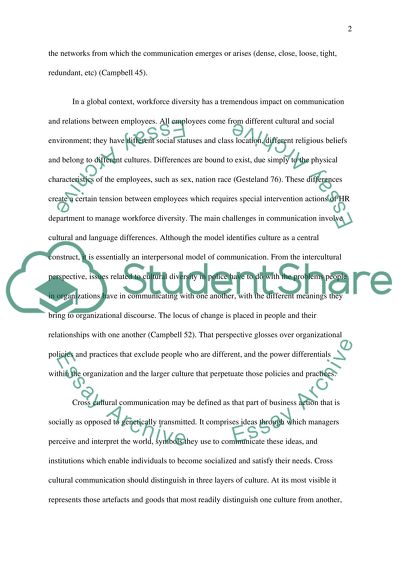Cite this document
(“Human Resource Management and Labor Relations Essay - 1”, n.d.)
Retrieved from https://studentshare.org/miscellaneous/1541274-human-resource-management-and-labor-relations
Retrieved from https://studentshare.org/miscellaneous/1541274-human-resource-management-and-labor-relations
(Human Resource Management and Labor Relations Essay - 1)
https://studentshare.org/miscellaneous/1541274-human-resource-management-and-labor-relations.
https://studentshare.org/miscellaneous/1541274-human-resource-management-and-labor-relations.
“Human Resource Management and Labor Relations Essay - 1”, n.d. https://studentshare.org/miscellaneous/1541274-human-resource-management-and-labor-relations.


